- May 14, 2015
- 47
- 16
Hey all. Thanks for the help so far.
So I decided to build a small curing chamber. Picked up a nice mini fridge and a wired in a temp and humidity controller.
I’ve got the temperature dialed in to where I want. The humidity however keeps climbing into the high 90 and that’s with out a humidifier.
I could wire a small fan in it to vent it but I was under the understanding that most times they needed more moisture added as opposed to removed.
For now I just grabbed a diy style moisture remover that uses calcium chloride passively. And am burping the fridge a few times a day to lower it.
So what’s the best path to take from here.
So I decided to build a small curing chamber. Picked up a nice mini fridge and a wired in a temp and humidity controller.
I’ve got the temperature dialed in to where I want. The humidity however keeps climbing into the high 90 and that’s with out a humidifier.
I could wire a small fan in it to vent it but I was under the understanding that most times they needed more moisture added as opposed to removed.
For now I just grabbed a diy style moisture remover that uses calcium chloride passively. And am burping the fridge a few times a day to lower it.
So what’s the best path to take from here.
Attachments
-
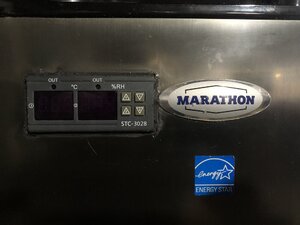 14269338-6770-48C7-A8D3-042DDC448805.jpeg80.9 KB · Views: 35
14269338-6770-48C7-A8D3-042DDC448805.jpeg80.9 KB · Views: 35 -
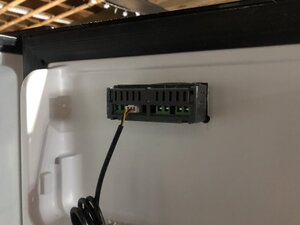 DDB8EEAF-9F05-4B92-99CB-421CBB1193B3.jpeg57.4 KB · Views: 38
DDB8EEAF-9F05-4B92-99CB-421CBB1193B3.jpeg57.4 KB · Views: 38 -
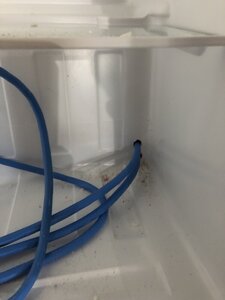 9FBD89CE-5A50-45A3-9E12-6FF00E7D3200.jpeg60.4 KB · Views: 36
9FBD89CE-5A50-45A3-9E12-6FF00E7D3200.jpeg60.4 KB · Views: 36 -
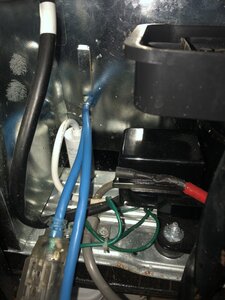 ACAB5135-C0FC-4AB7-BBBF-FBABB2B6A55E.jpeg142.4 KB · Views: 48
ACAB5135-C0FC-4AB7-BBBF-FBABB2B6A55E.jpeg142.4 KB · Views: 48 -
 9656BB8F-D620-4748-A4BE-5D6A9D501502.jpeg82.6 KB · Views: 46
9656BB8F-D620-4748-A4BE-5D6A9D501502.jpeg82.6 KB · Views: 46 -
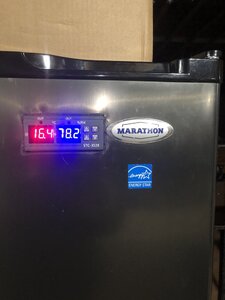 2CAA3A33-644A-41BB-9AE6-45CB0A9D7425.jpeg75.7 KB · Views: 43
2CAA3A33-644A-41BB-9AE6-45CB0A9D7425.jpeg75.7 KB · Views: 43





